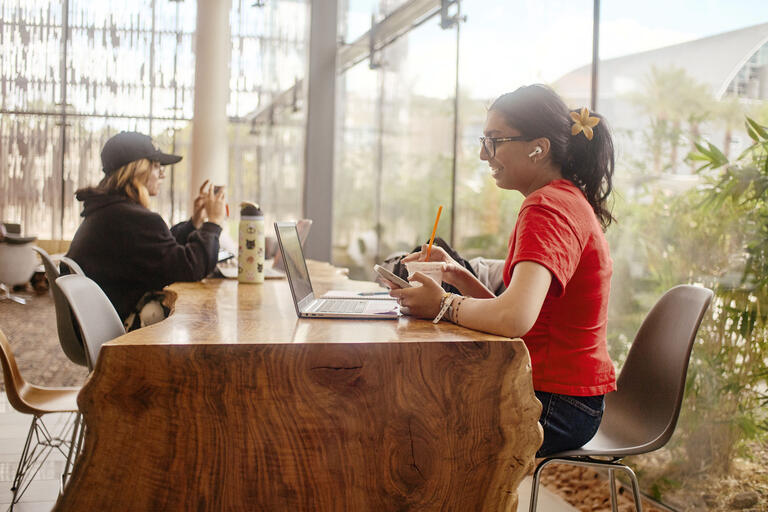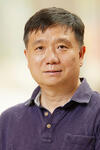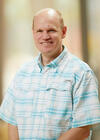
Department of Physics and Astronomy News
The Department of Physics and Astronomy offers comprehensive programs on two of the most basic and fundamental sciences–physics and astronomy. Physics is the study of matter, energy, motion, and force. Its concepts help us understand how the universe behaves. Astronomy studies the universe beyond the earth’s atmosphere, including celestial objects and the formation and development of the universe.
Current Physics and Astronomy News

A collection of the top news headlines featuring UNLV faculty and students.

Some of the biggest news headlines featuring UNLV faculty and students.

The mergers, measured one month apart in 2024 by LIGO-Virgo-KAGRA collaboration, advance scientific understanding of the nature of black hole formation and fundamental physics; offer evidence of "second-gen" black holes.

In new study, published in Astrophysical Journal Letters, collaboration of scientists detail recent observations explaining how planets form over time.

A selection of top news headlines featuring UNLV faculty and students.

The assistant professor helps launch career-focused engineering technology program designed with student success in mind.
Physics and Astronomy In The News
If you’ve been following astronomy headlines, you might have noticed a curious new arrival to the neighborhood: Comet 3I/ATLAS. It’s not just another “regular” comet from the outer solar system–this one’s an interstellar visitor, meaning it was born around another star entirely.
For the first time, scientists have detected two black hole mergers with spins so unusual they may reveal a new generation of cosmic collisions. The twin discoveries, labeled GW241011 and GW241110, were announced by the international LIGO, Virgo, and KAGRA collaborations—teams that have been tuning their instruments to detect the faintest ripples in space and time. Each signal, lasting less than a second, was a final whisper from black holes that collided billions of years ago.
Michael Pravica talks about how consciousness can transcend the physical realm.
In a paper published in The Astrophysical Journal Letters, the international LIGO-Virgo-KAGRA Collaboration reports on the detection of two gravitational wave events in October and November of 2024 with unusual black hole spins. This observation adds an important new piece to our understanding of the most elusive phenomena in the universe.

In an extraordinary advancement for astrophysics, the international LIGO-Virgo-KAGRA Collaboration has announced the detection of two gravitational wave events from last year that showcase unprecedented black hole spin characteristics. Published today in The Astrophysical Journal Letters, their findings unravel intricate details about black hole mergers, significantly deepening our understanding of these enigmatic cosmic phenomena. These detections open new frontiers in the quest to decode the fundamental physics governing black holes, their formation, and evolution in the universe.
Scientists have "heard" the symphony of two newborn black holes — each created when its respective parent black holes crashed together and merged. One of those collision events, in fact, was the first of its kind.
Physics and Astronomy Experts


